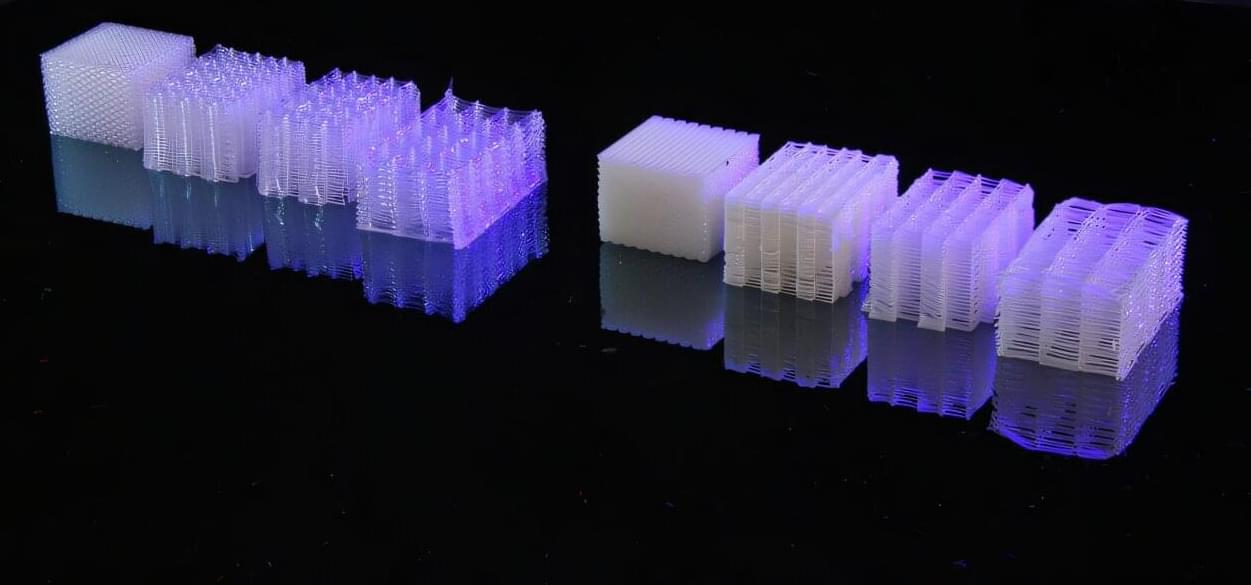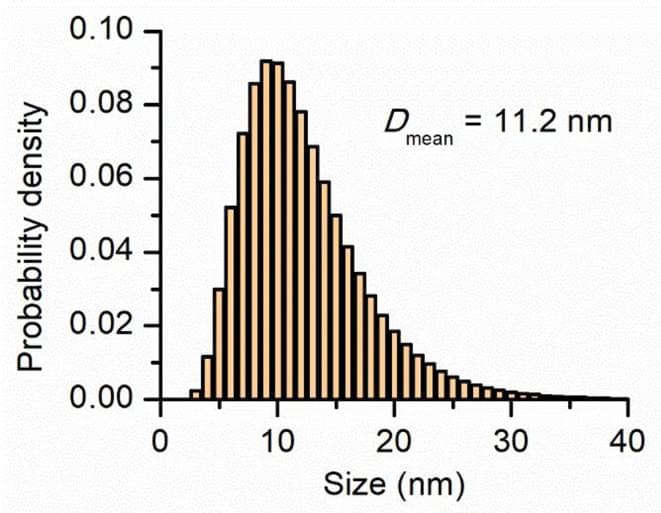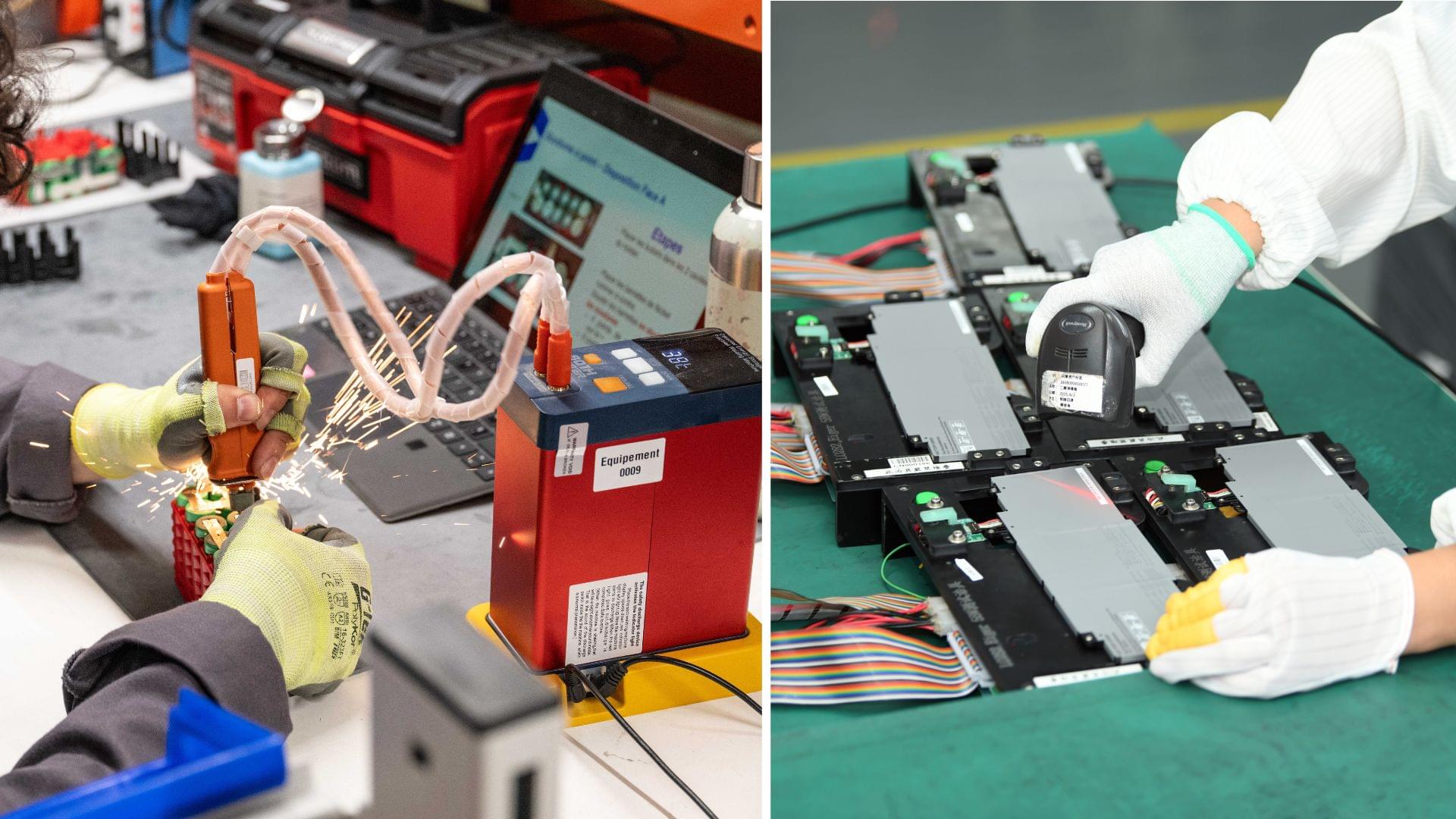Fuel cells are energy solutions that can convert the chemical energy in fuels into electricity via specific chemical reactions, instead of relying on combustion. Promising types of fuel cells are direct methanol fuel cells (DMFCs), devices specifically designed to convert the energy in methyl alcohol (i.e., methanol) into electrical energy.
Despite their potential for powering large electronics, vehicles and other systems requiring portable power, these methanol-based fuel cells still have significant limitations. Most notably, studies found that their performance tends to significantly degrade over time, because the materials used to catalyze reactions in the cells (i.e., electrocatalytic surfaces) gradually become less effective.
One approach to cleaning these surfaces and preventing the accumulation of poisoning products produced during chemical reactions entails the modulation of the voltage applied to the fuel cells. However, manually adjusting the voltage applied to the surfaces in effective ways, while also accounting for physical and chemical processes in the fuel cells, is impractical for real-world applications.









